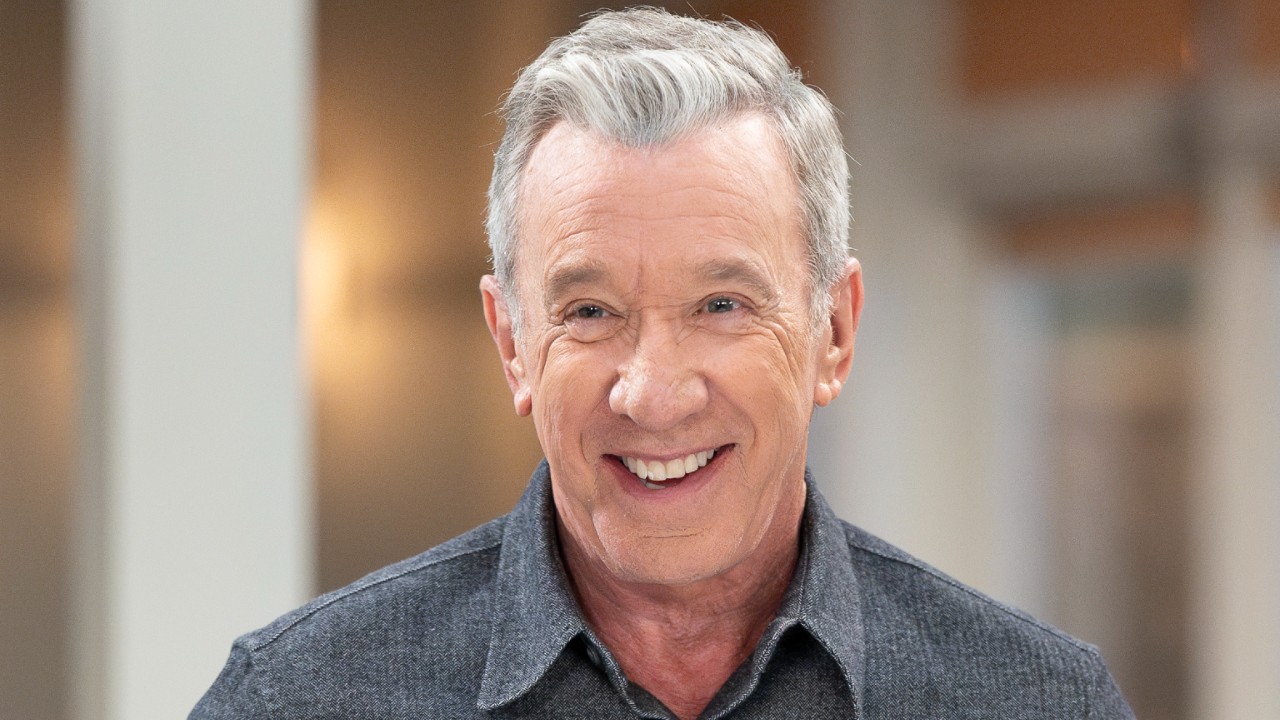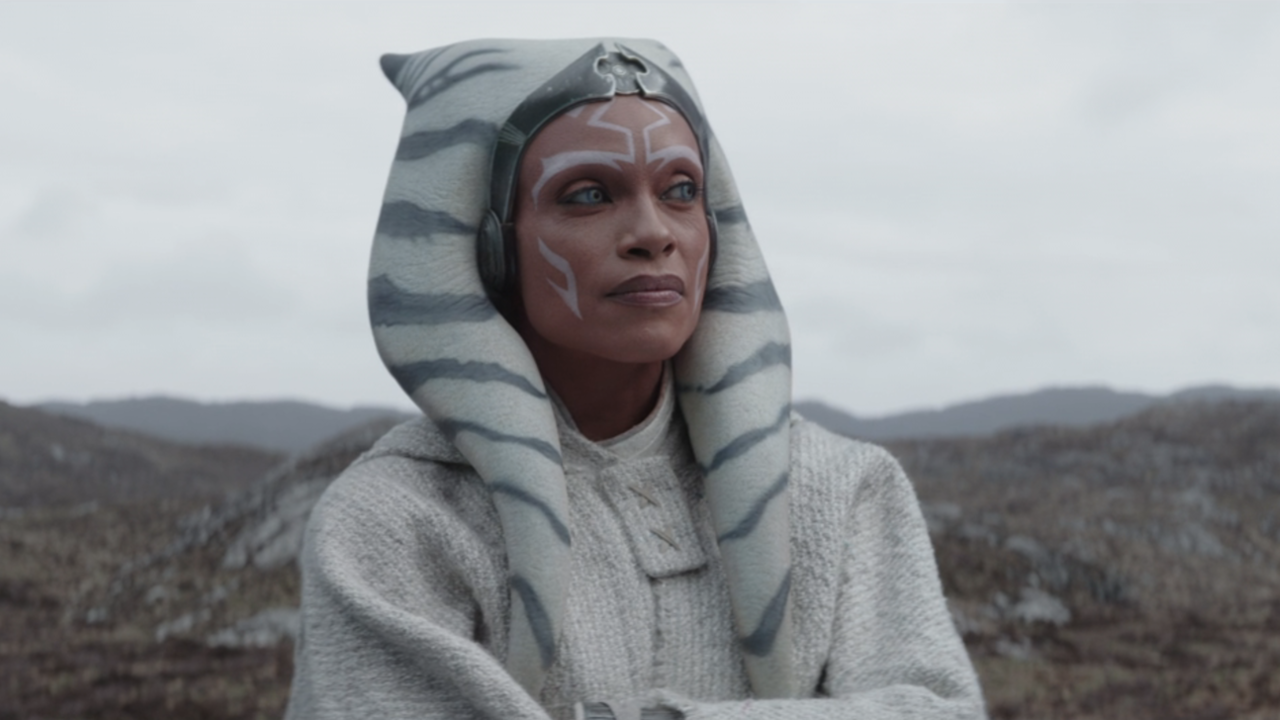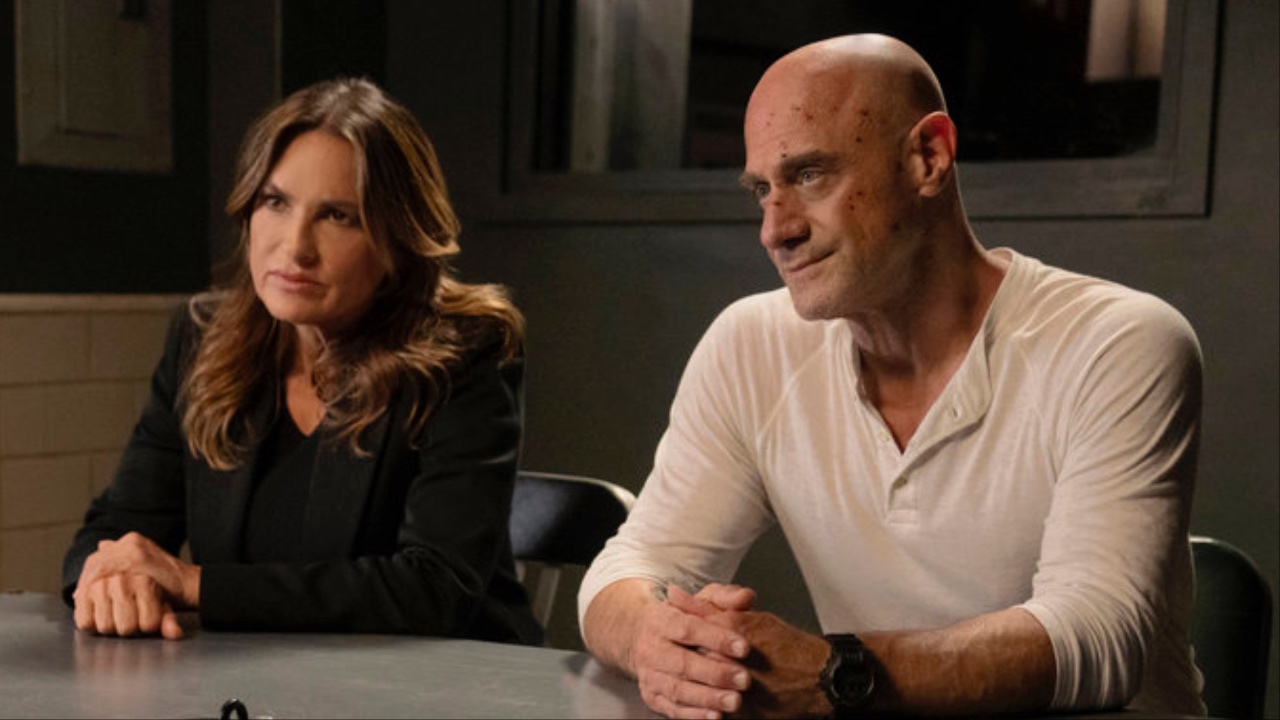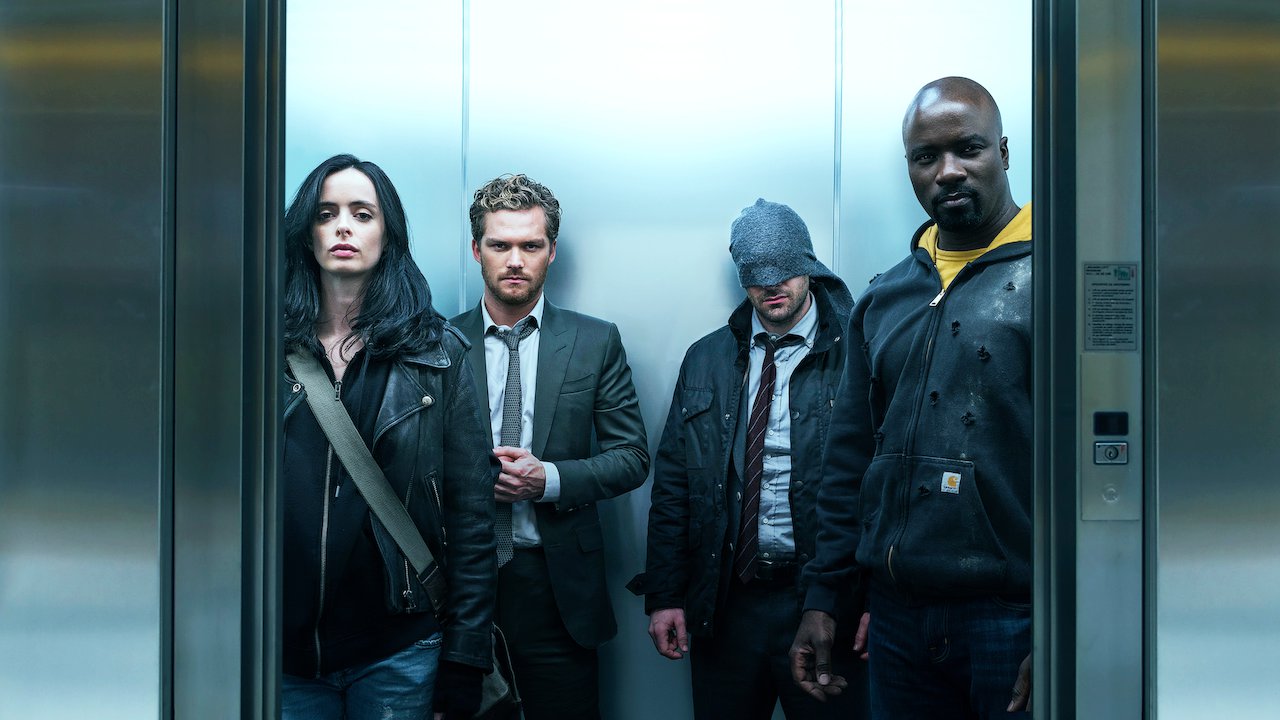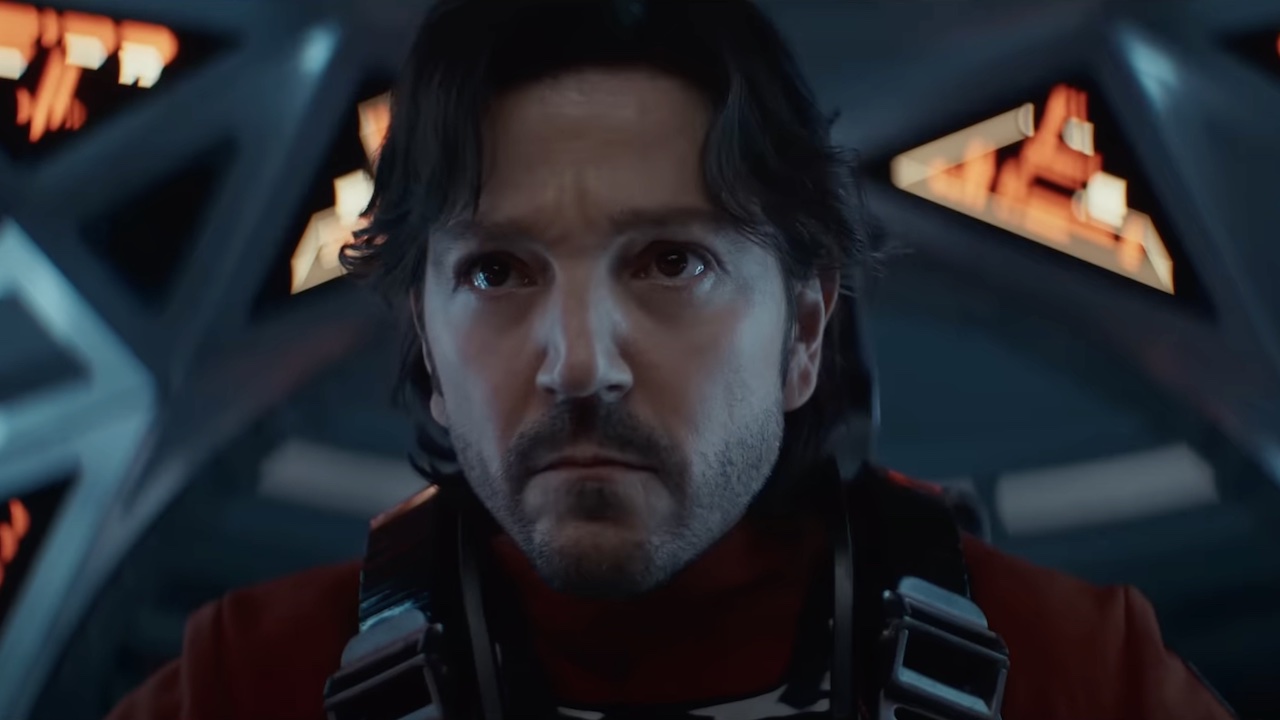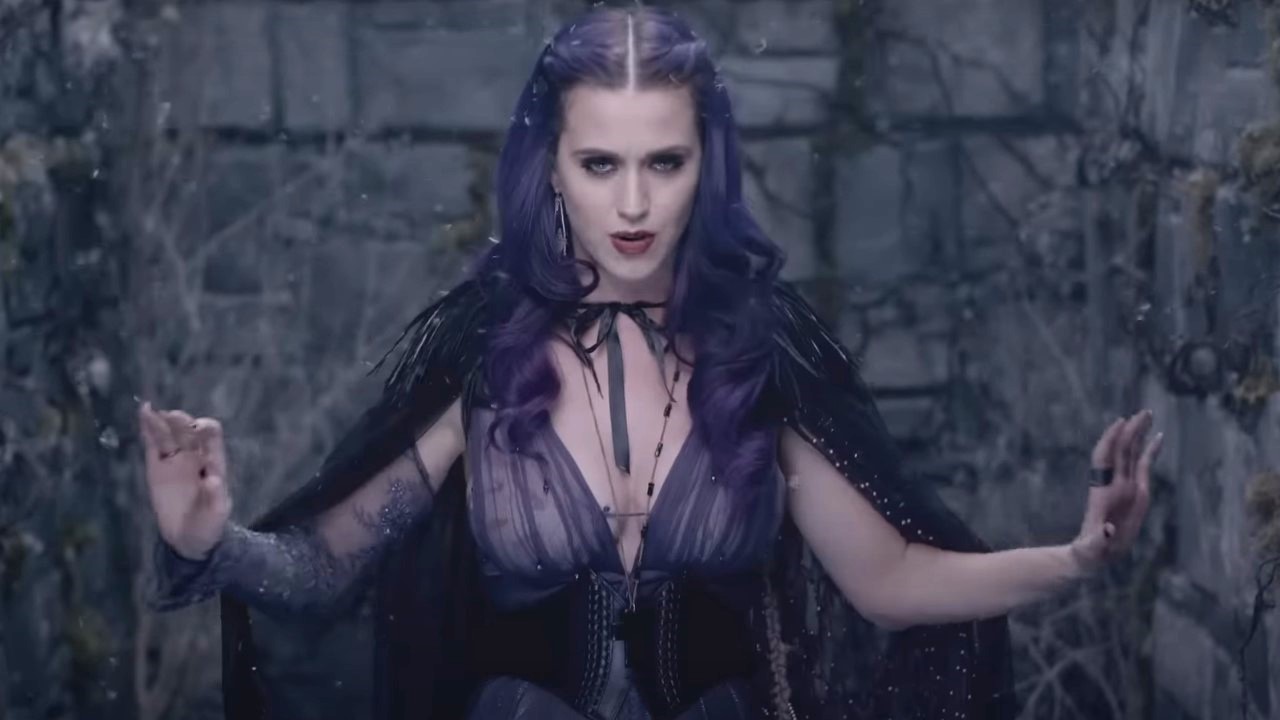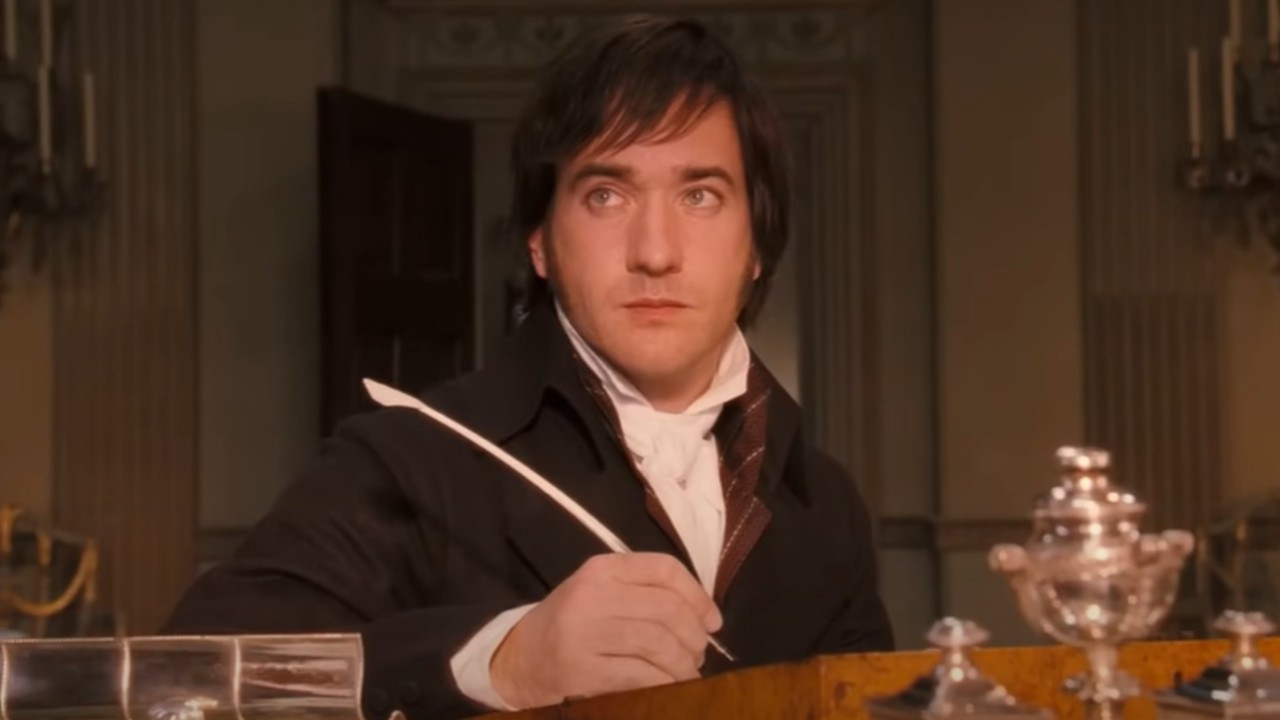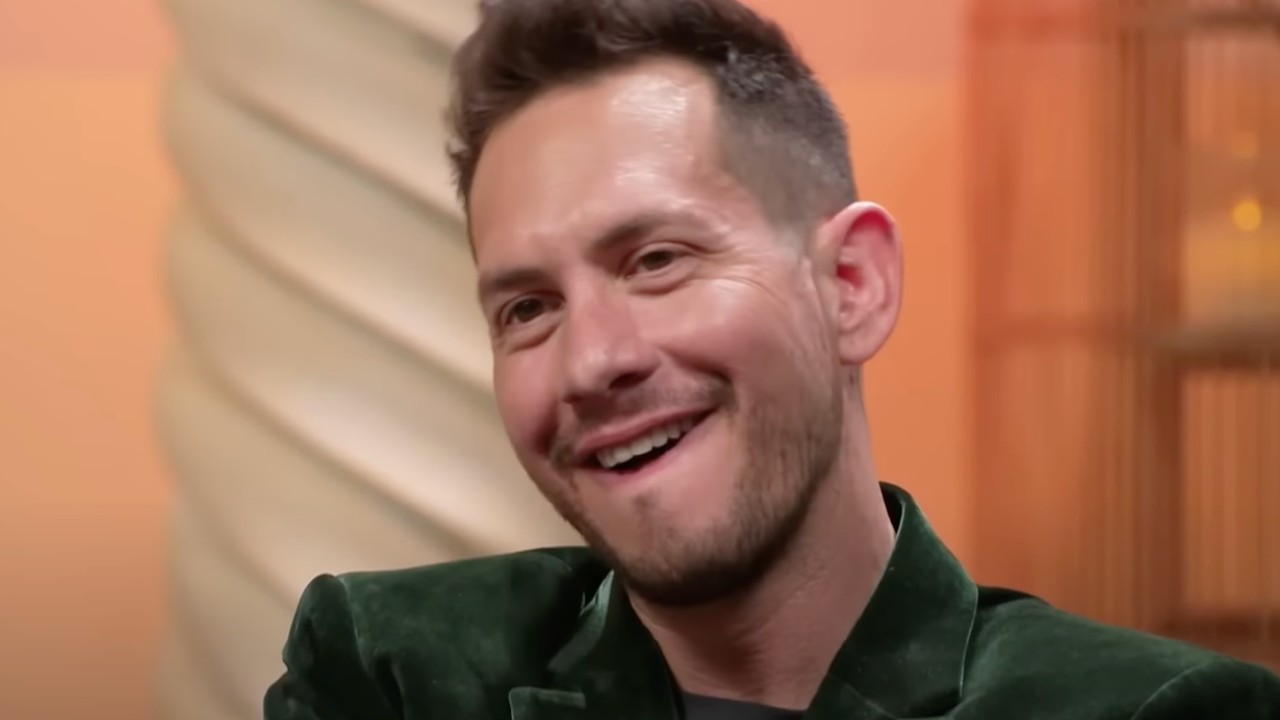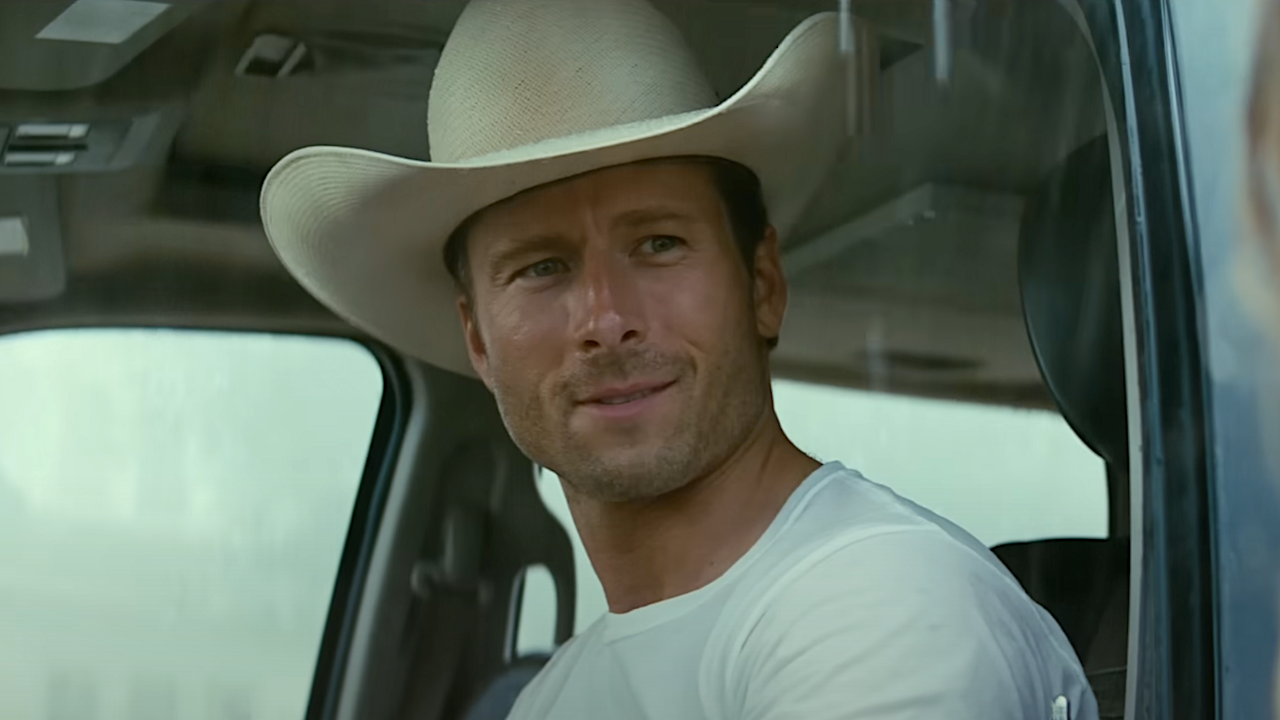The Host: 10 Big Differences Between The Book And Movie

Stephanie Meyer is not in my wheelhouse when it comes to reading. Somehow, every female character she writes is either passive or annoying and every male character she writes is a stock character of some sort of male ideal. Throw in some saccharine descriptive sentences and groanworthy dialogue and she has achieved her perfect formula for The Host, a sci-fi romance novel about what is perhaps humanity’s last great fight for freedom and the ability to love. For those who are fans of Meyer’s work, The Host has now been turned into a film, courtesy of sci-fi megawriter and director Andrew Niccol.
With Niccol writing and directing The Host for the big screen, Meyer’s novel was in capable hands. The Gattaca and The Truman Show writer could surely add a little snap and pizzaz to an otherwise tiresome endeavor. As it turns out, however, creating a symbiosis between a character living in the real world and a character stuck in that real world character’s head is more difficult than one might think. Some credit is maybe due to Niccol’s giving the concept a shot, but there’s no doubt in my mind that The Host works better in novel format than in film which, depending on your personal outlook, doesn’t mean much.
Following are the ten biggest changes I noticed in my screening of The Host. Feel free to remark on any changes you feel may have been more noticeable. There are many spoilers in The Host book to movie comparison. Do not delve in if you want the film to be a surprise.
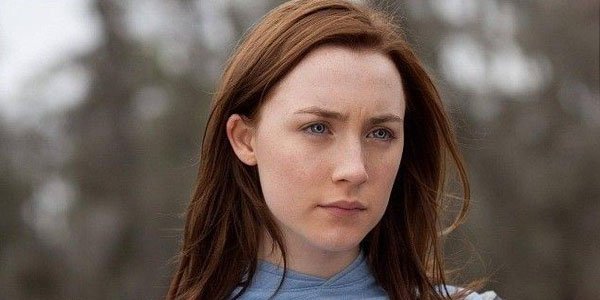
Due to time constraints, the film begins with a voiceover narrative explaining the takeover of the hosts. One of the more careful things The Host does is slowly unfold the narrative of the takeover of the Earth through Wanderer’s thoughts and storytelling. However, the film jumps the gun so as to tell a much more personal tale than one of takeover.
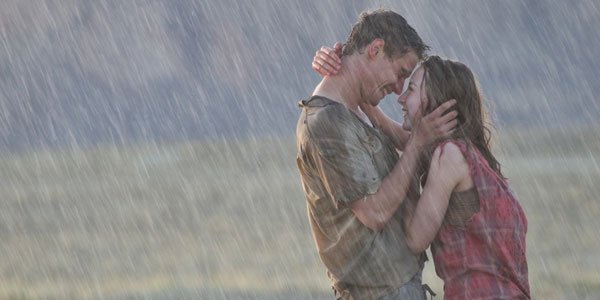
Wanderer and Melanie’s relationship is shown through flashbacks and voiceover on Melanie’s end. As noted prior, these are the most unappealing elements of the film. All of the flashback sequences take us out of the action. Plus, the weird seemingly one-sided conversations both make Wanda look like a crazy person and become extremely tedious throughout the film. I’m not sure there was any better way to achieve this odd marrying of two characters, so perhaps this film was doomed from the start.
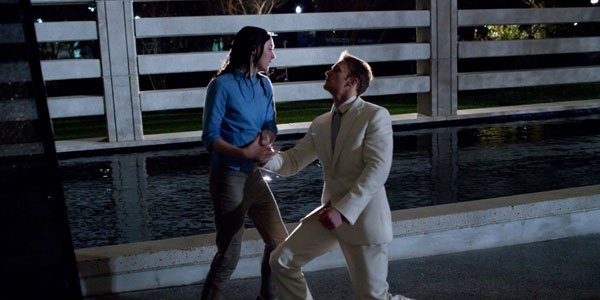
Wanderer is given no choice from the seekers about leaving Melanie’s body so that she can be executed. This amps up the dramatics of the host species and instills in Wanderer the desire to escape and not see her human body and the mind still occupying it become destroyed. Instead of leaving to get a consultation, as happens in the novel, she must escape the clutches of her own species.
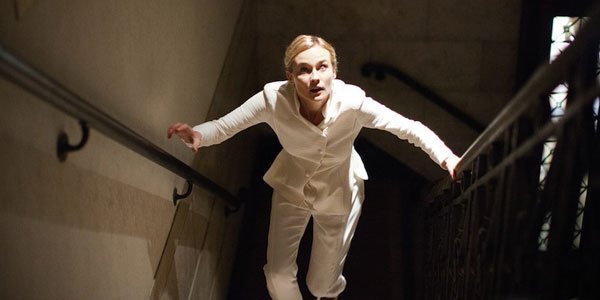
The Seeker begins catching on to Wanderer’s whereabouts nearly immediately. Since the seeker disappears for huge chunks of Meyer’s book, this actually helps the action propel forward and helps the Seeker and her seeking become a very real threat.
CINEMABLEND NEWSLETTER
Your Daily Blend of Entertainment News
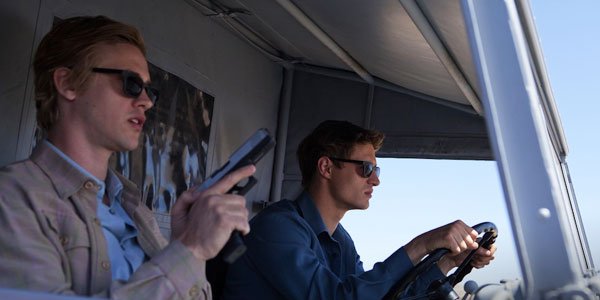
We get to see some shots of Jared and Kyle’s foraging party. Instead of simply dwelling with Wanda in the cave, we get to see the truer, tougher part of the fight when a couple of the men from the foraging party sacrifice their lives so as not to give up information to the seekers.
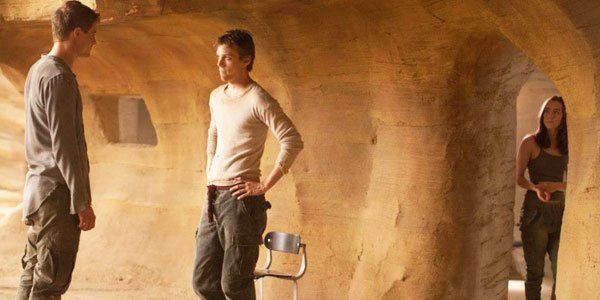
All of the character development seems rushed. Most of this is due to a 600-page book being crammed into a two-hour film, but it makes the development between Wanda and Ian, Wanda and Jamie, and Wanda and those living in the cave seem strained and nonsensical. The big romance between Wanda and Ian and the secondary romance between Melanie and Jared is especially rushed through in the film despite being one of the big selling points of the book.
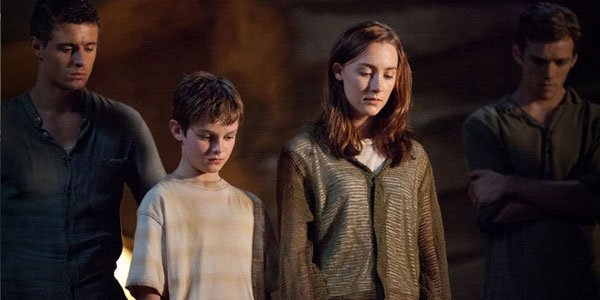
Niccol invents a room full of glowworms as the setting for the big conversation between Jamie and Wanda explaining that Melanie is still very much alive inside her. With the desert setting and the starkly modern host cities, the glowworm cave is a nice escape for the two characters to quietly enjoy each other’s company and forge a bond of trust.
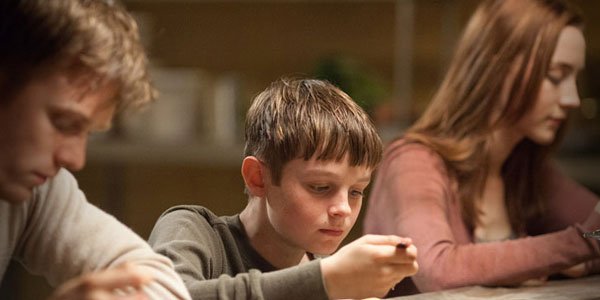
We barely get any of the history of Wanda’s people. In the books, Wanda is a historian and a traveler who is given an honorary professor position among her people. When she lives with the humans, her knowledge and stories about the other planets the hosts have taken over is an arresting way to spend the dinner evening. However, in the film, she barely has time to mention there are twelve other controlled planets, much less get into the politics and differences between the worlds.
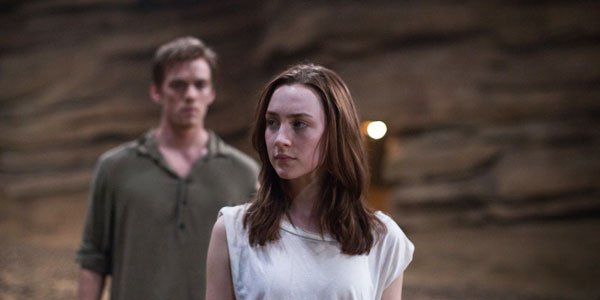
The transition from Wanda and Melanie fighting with one another to becoming close friends doesn’t really make sense in the context of the film. One minute, the two are fighting and in the next they seem to have a bond of sisterhood. This seems to be the case of another problem that arose with The Host’s time restraints.
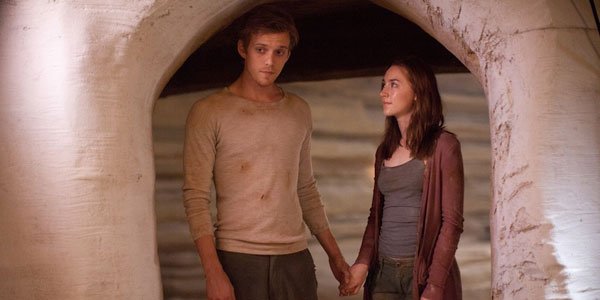
Wanda doesn’t spend her last few minutes “burning” with Jared, asking him to lie to her. This is actually one of the weirdest moments in the book and while it gives closure to the whole Wanda and Jared relationship, it feels extremely unfaithful to Ian. Pleasantly, this was cut from the film.
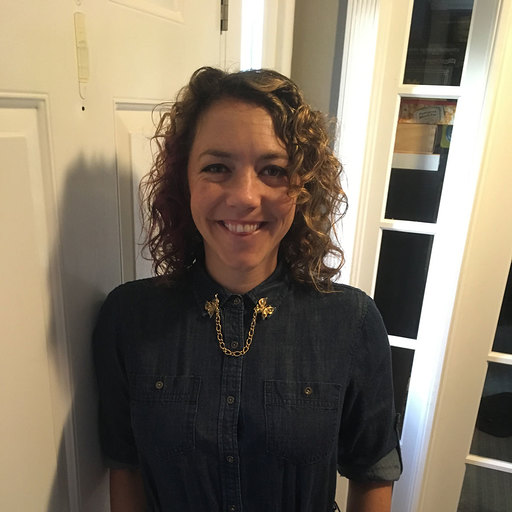
Jessica Rawden is Managing Editor at CinemaBlend. She’s been kicking out news stories since 2007 and joined the full-time staff in 2014. She oversees news content, hiring and training for the site, and her areas of expertise include theme parks, rom-coms, Hallmark (particularly Christmas movie season), reality TV, celebrity interviews and primetime. She loves a good animated movie. Jessica has a Masters in Library Science degree from Indiana University, and used to be found behind a reference desk most definitely not shushing people. She now uses those skills in researching and tracking down information in very different ways.
